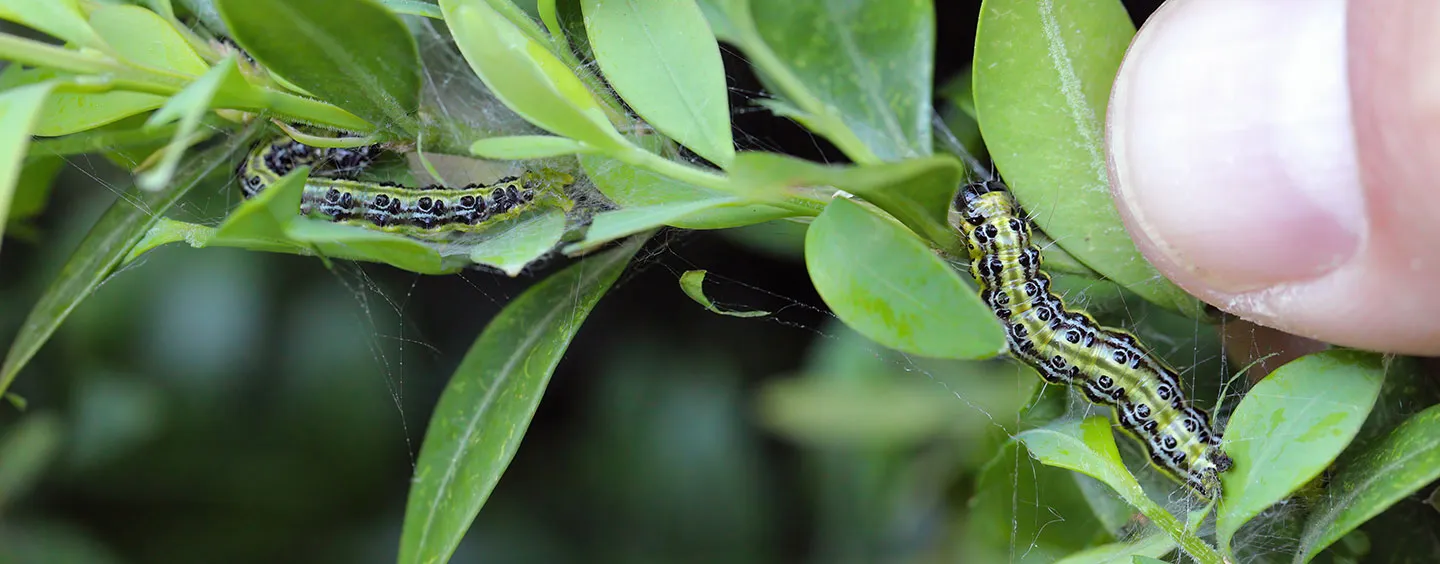
Invasive Pests and Diseases
Invasive species constitute one of the most serious economic, social, and environmental threats of the 21st century. Nearly every terrestrial, wetland, and aquatic ecosystem in the United States has been invaded by non-native species, with economic losses estimated at $137 billion per year. Invasive plants, animals, pests, and diseases are often introduced organisms that impact both natural and managed lands. As the volume of global travel and foreign imports grows, so does the threat of invasive species.
Importance of Invasive Species Research
Healthy, ecosystems are vital to plant, animal, and human life. Natural and managed ecosystems facilitate vital environmental processes such as air and water purification, waste decomposition, and carbon sequestration. Introducing unwanted species can affect the ecosystem health and productivity of natural and managed systems.
Among the more well-known invasive species are:
- Weeds – leafy spurge, spotted knapweed, purple loosestrife
- Animals – zebra mussels, feral pigs, the Norway rat, black Asian Carp, Burmese python, brown tree snake
- Pests – emerald ash borer, Asian long-horned beetle, brown marmorated stink bug, gypsy moth
- Diseases – soybean rust, white pine blister rust, chestnut blight, citrus greening disease
The above invasive species can cause widespread destruction, leaving in their wake:
- Destroyed forests
- Reduced crop yields
- Damaged outdoor recreation areas
- Slowed trade routes
NIFA’s Impact
NIFA addresses the threats posed by invasive plants, animals, pests and diseases through a range of efforts:
- Encouraging adoption and implementation of integrated pest management (IPM) techniques
- Helping farmers and ranchers make pest management decisions that are environmentally friendly
- Coordinating invasive species efforts at the national level
- Investing in research to develop trade mechanisms that reduce risk of pest entry
- Developing and maintaining real-time information on invasive pests
- Supporting the development of new research for IPM practitioners
